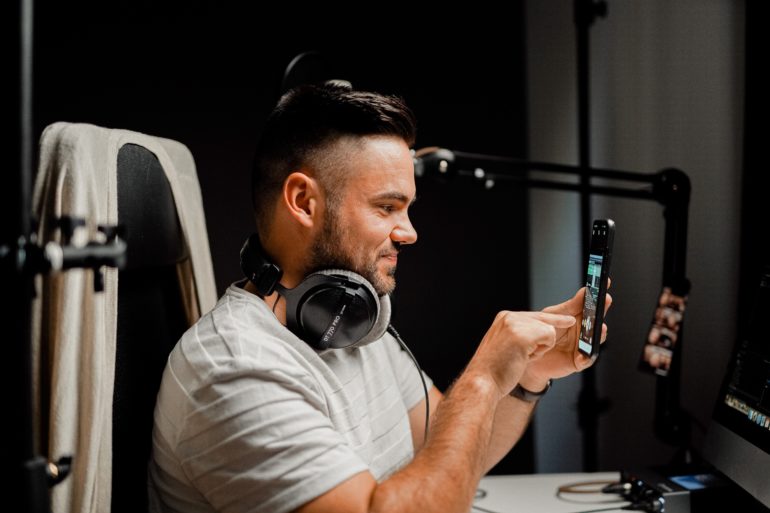As a video content creator, whether independent or part of a company, it’s necessary to know how to approach diverse audiences with your videos. While it’s always a good idea to create a buyer persona and understand who your target audience is in any branch of marketing, you don’t want to filter it down to the point that you are segregating whole masses of people. Let’s take a closer look at not only the importance of video content but of inclusive content, and how you can allow your content to relate to a much larger pool of people.
Why Use Video Marketing?

Video marketing is making serious headway, surpassing written and image content. That’s why video content marketing is more prominent now than ever, and it’s here to stay for a while. If you have a business that has adapted inclusivity, diversity, and authenticity in other mediums, then it’s important to maintain that when creating video content as well. You may find it a bit challenging in the beginning, but why? With written evergreen content, for example, you can maintain inclusivity by using language that isn’t jarring to readers (we’ll go into more depth about what is or isn’t considered inclusive language in the next section). On the other hand, when making a video campaign, you need to show and not tell. That means including a diverse range of people in the content from a variety of backgrounds, to start. Doing so will show your viewers that they can relate to your content, and also that you are open to a wide range of perspectives within your company.
What is Inclusive Language?

You’ll find that inclusive language is at the core of producing any content that is respectful to diverse audiences. By using inclusive language, you don’t discriminate or ostracize a particular group of people with your written or oral speech. Let’s look at a particular example that is quite common in the world of marketing. When launching marketing campaigns for jewelry stores, many marketers (or even store owners) are inclined to differentiate between different jewelry for men and women. But times are changing! A lot of people will argue that there isn’t such a thing as feminine or masculine jewelry. With that in mind, shoppers might not like that you refer to a selected necklace as being a perfect gift for “her”.
Digi-Tip: Whether you use (or don’t use) inclusive language comes from your content writers. Ensure they are aware of your business values and direction so that they know how to write the content correspondingly.
Tailoring a Strategy for Diverse Audiences

- Avoid using slang — Besides the general notion that slang and jargon aren’t age-appropriate for a variety of mediums, they can also be seriously insulting to a select group of people. You can expand a step further and provide subtitles in a variety of languages if you have the resources to do so.
- Take religion into consideration — It’s easy to offend someone’s religion subtly and without intention if you aren’t careful. Things that are considered normal for people of one belief may be gravely inappropriate in another. It’s difficult to know when you’ve crossed the line but aim to be as respectful as possible to ensure that none of your viewers find the content jarring to their beliefs.
- Utilize subtitles/closed captions — Adding subtitles to all of the video content you create helps to attract people with hearing impairments to your brand as well. Generally, more and more websites are moving towards easier accessibility for viewers with special needs, and it’s best to keep this in mind not only for your videos but for all content that you create.
- Be conscious of gender, race, location…etc — A lot of people may feel discriminated and left out in terms of their gender, relationship status, geographical location, upbringing, and more. The list, unfortunately, can go on forever. For that reason, it’s important that your video content doesn’t disrespect or ostracize people for all the little things that make them unique.
- Share stories and perspectives — One thing a lot of video marketers get wrong about creating inclusive content is that they focus on simply having people of diverse backgrounds featured in the video. Keep in mind that diversity of people also means a mass variety of stories and perspectives that they have to share. Avoid trapping the people you show in your videos in a box, not letting them show their unique perceptions.
- Don’t overdo it — The aim of being inclusive in your video marketing efforts is to be genuine about it. Viewers will quickly pick up on the fact that you are trying too hard to be inclusive and diverse with your choices merely for the sake of doing so. A good rule of thumb is to take a step back and ensure everything you create is for the right reasons.
Every business needs a helping hand to navigate the ever-changing world around us. Get in touch with us today to get acquainted with the whole range of content marketing services that we have to offer.




